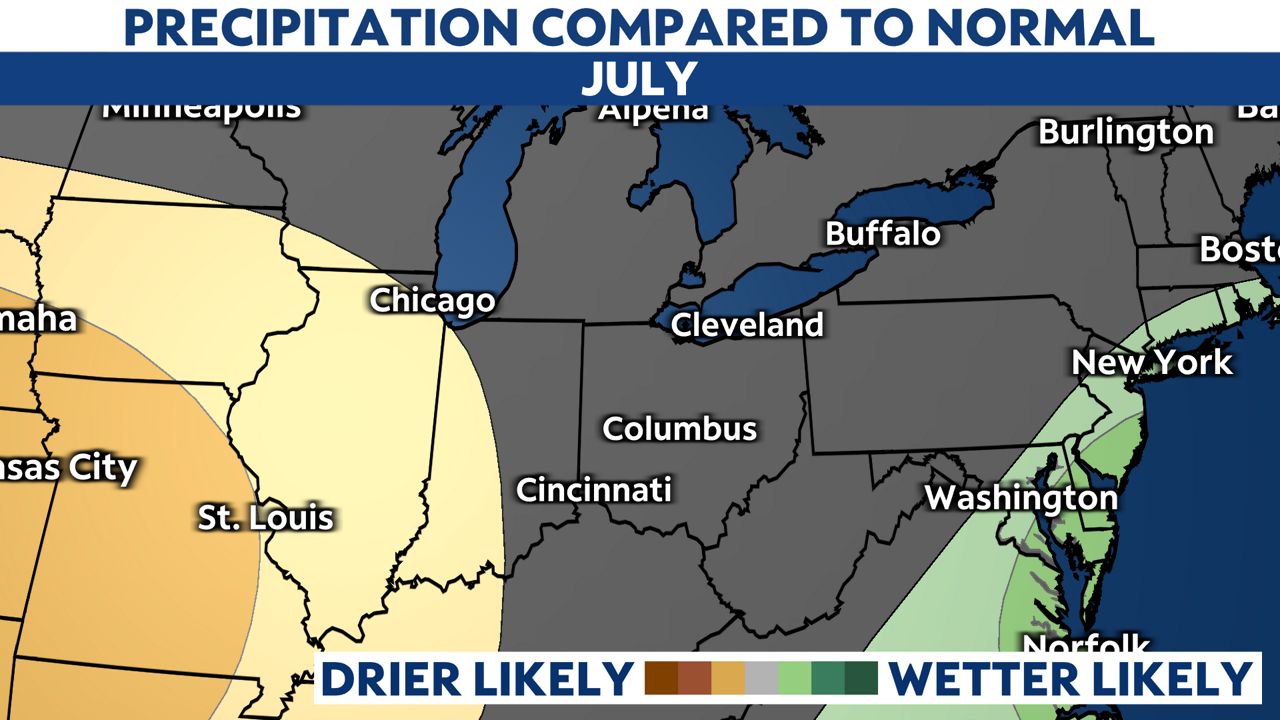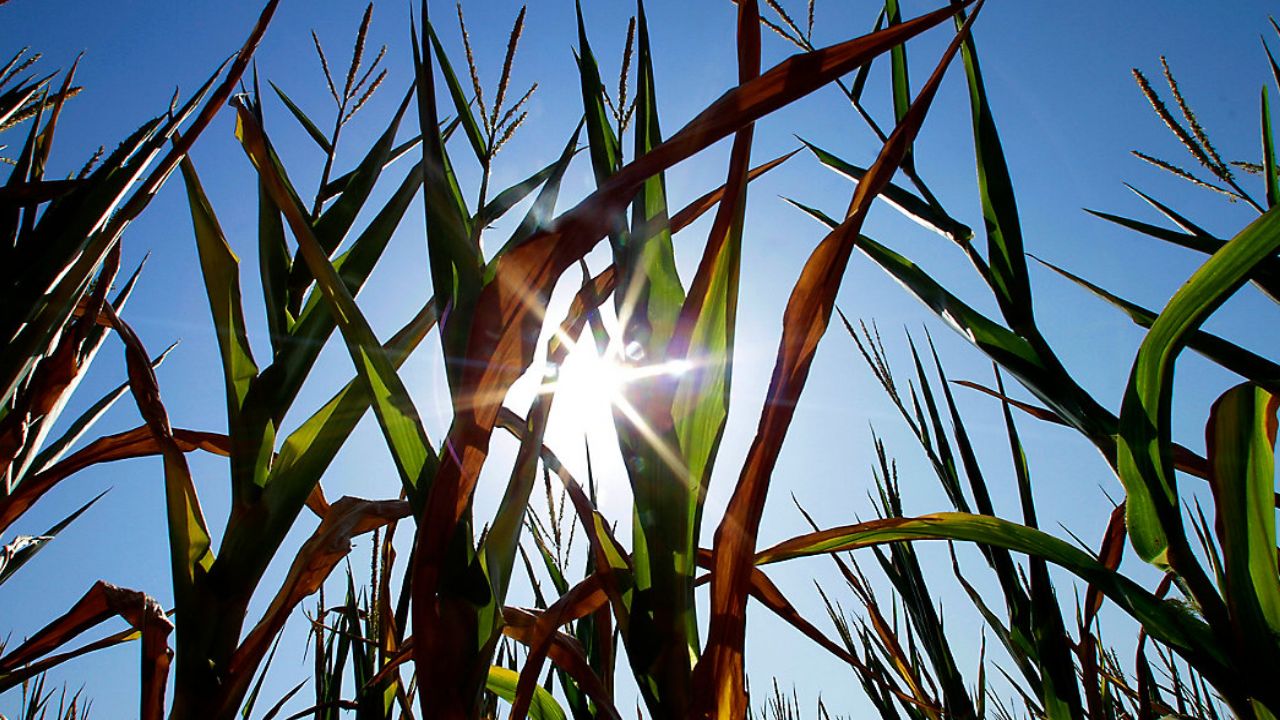Thanks to an exceptionally wet month of May–and, in some spots, record-breaking rainfall–Ohio is currently not facing any drought conditions.
However, even though June may have started out wet, with several hot days and a dry finish, could a drought develop soon?
Round after round of soaking rain added up throughout the month of May.
May was a recorded-breaking month in Cincinnati. It was the wettest May on record for the city, with rainfall totals soaring over 9 inches, 4.41 inches above normal.
Columbus wasn’t far behind, topping out at 8.69 inches, also well above average by 4.70 inches.
Some cities, like Cleveland and Toledo, were closer to typical May rainfall totals. In fact, Toledo was exactly on average at 3.82 inches.
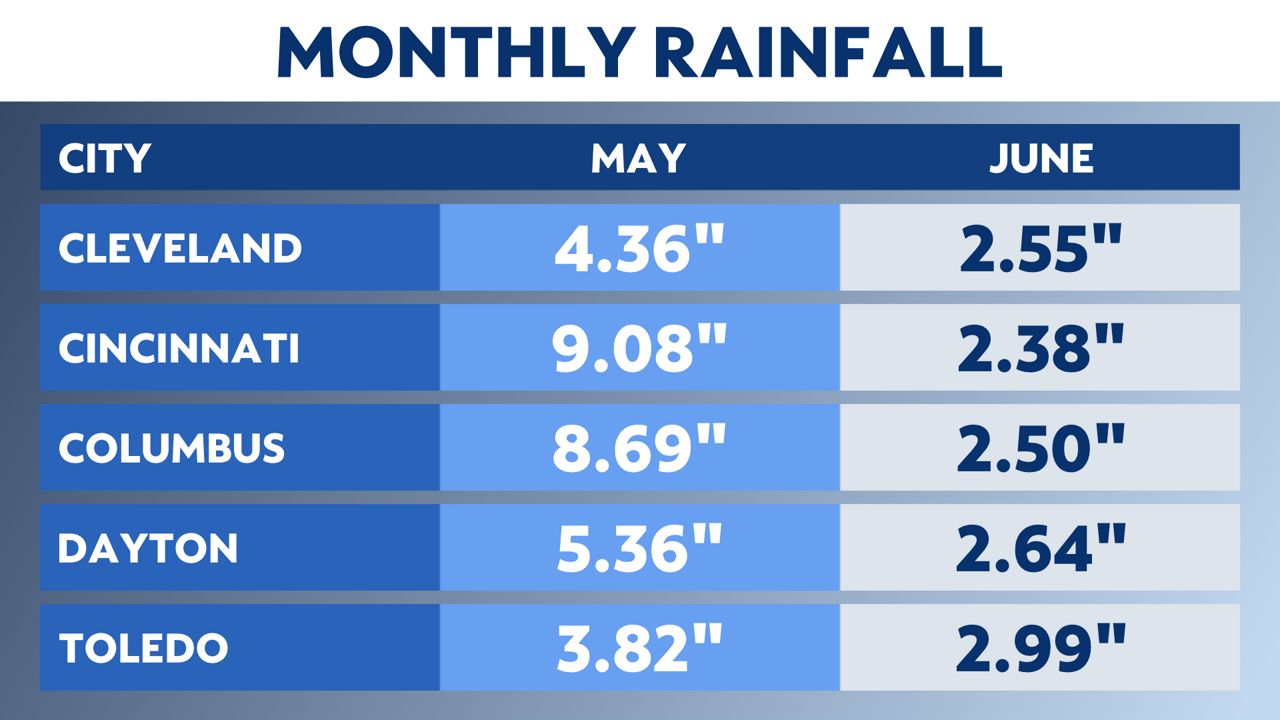
The wet stretch continued with active weather, which kept most of the state on pace for the first half of June.
However, in the last two weeks of June, we have been singing a different tune. All the major cities are below average for the month by about 1 to 2 inches.
what does this mean heading into July?
As of June 30, Ohio has started to show signs of areas with drier-than-normal conditions. This isn’t out of the norm for this time of year, though.
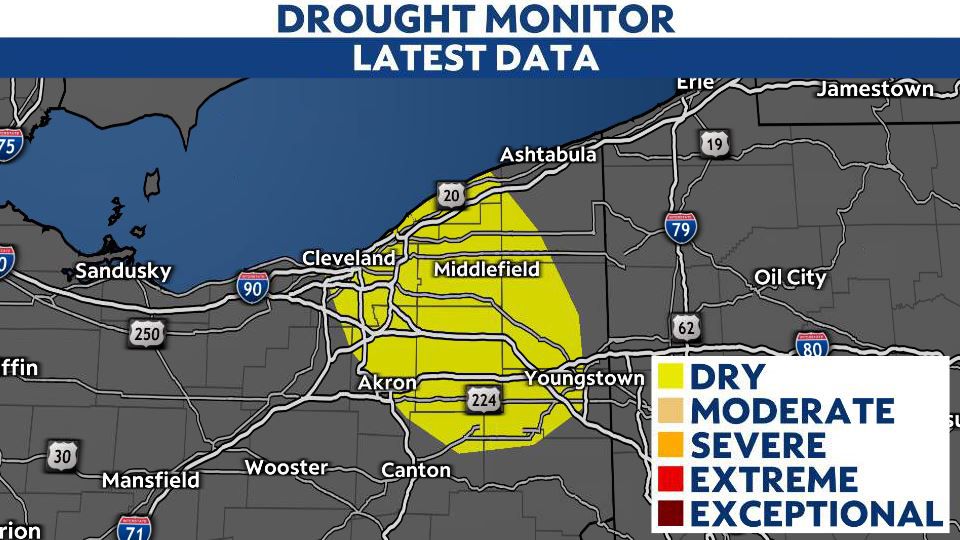
Northeastern Ohio didn’t experience as much rain in May as Columbus or Cincinnati.
Conditions could continue to change with the lack of rain recently. We have seen droughts expanding in our neighboring states, like northern Indiana and central and western Kentucky.
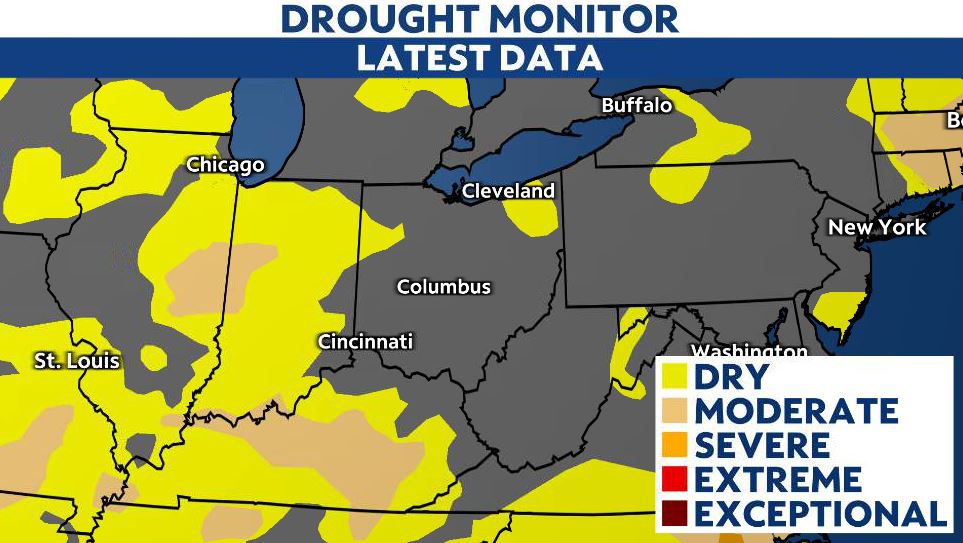
These areas could see a "flash drought" this summer. According to the National Weather Service, a flash drought is the rapid intensification of drought because of below normal precipitation rates, abnormal high temperatures, wind and sunshine.
The temperature outlook into July shows that above-average temperatures are somewhat favored.
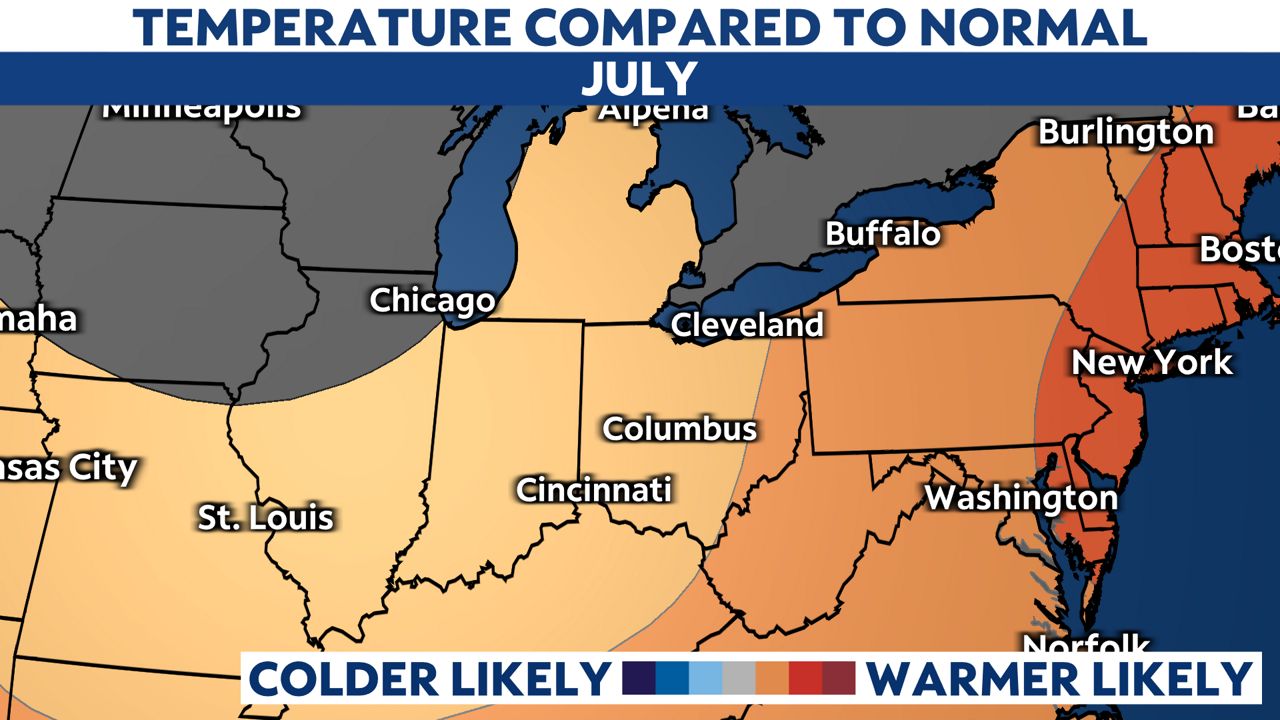
While the rainfall outlook for July doesn't have a strong signal one way or the other, the first part of the month is trending toward higher odds of needed rainfall.
